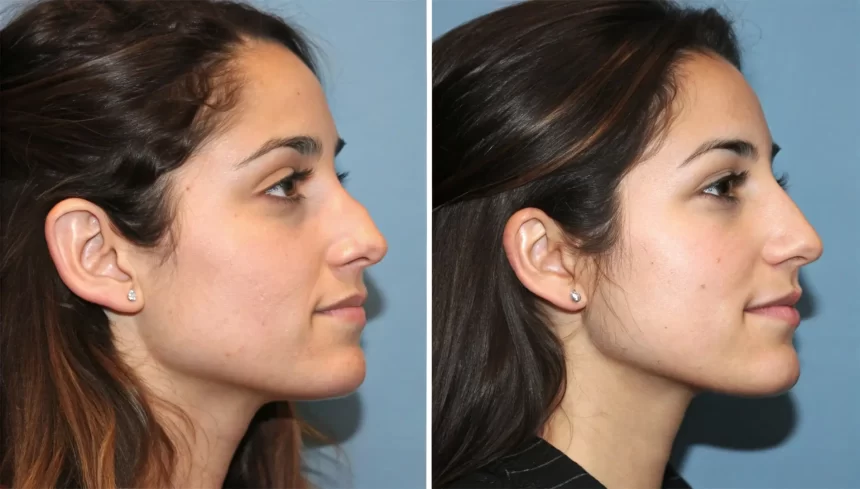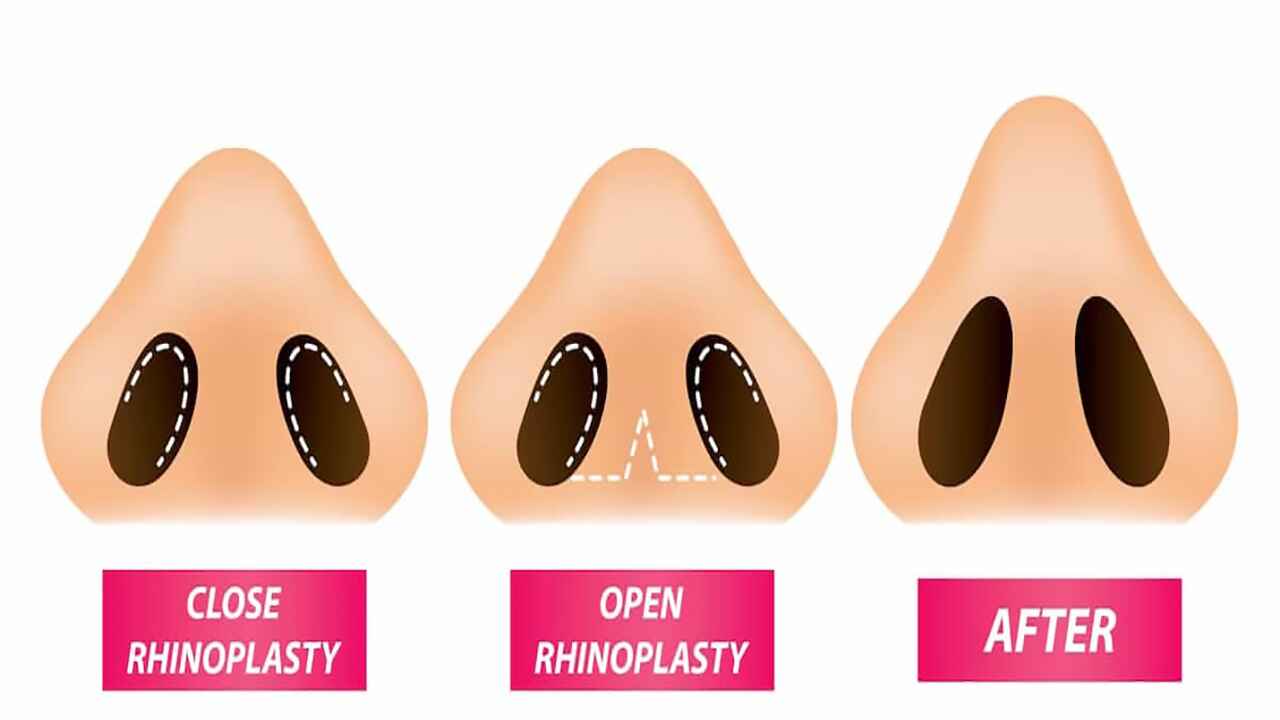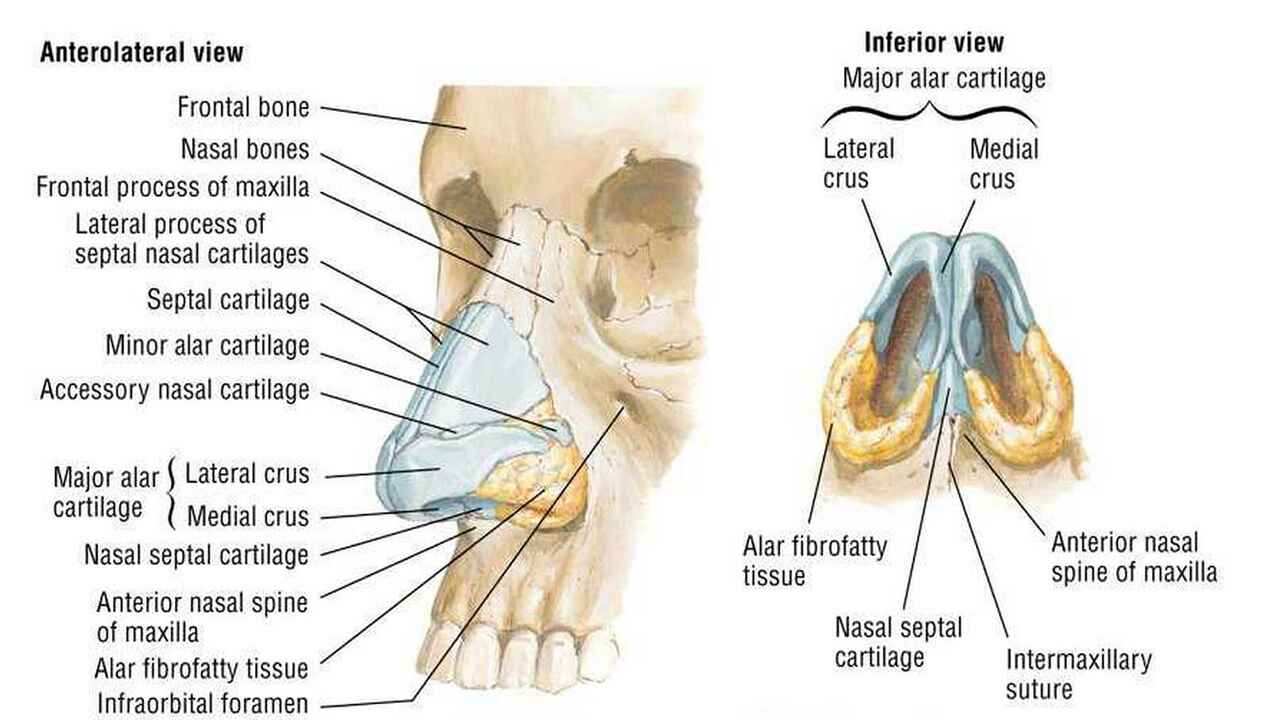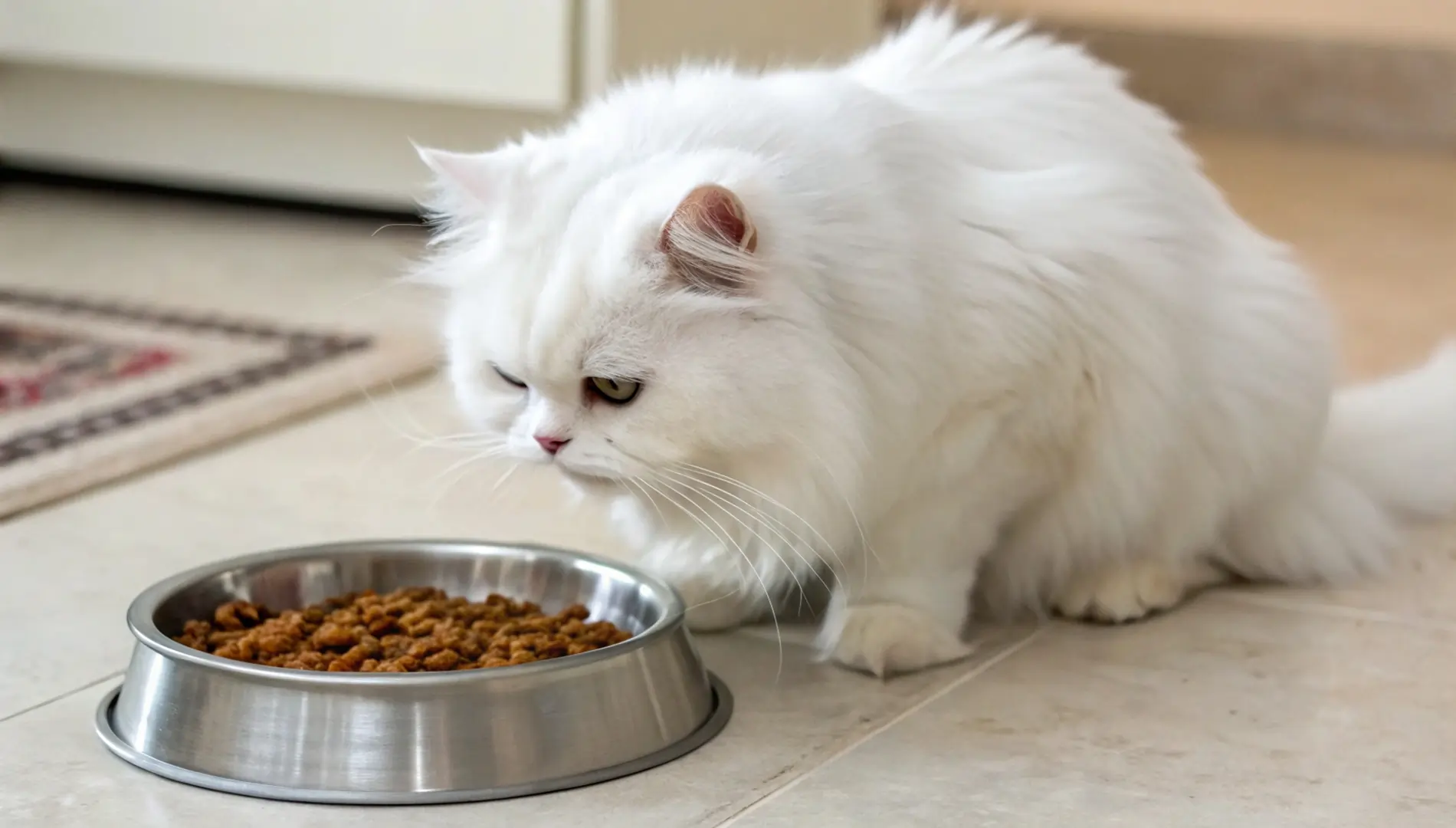Rhinoplasty, or nose job surgery, is performed to change the appearance of the nose, improve breathing, or both, and is one of the most common types of cosmetic surgery. Sometimes health insurance may help cover the costs, especially if the surgery is done to correct a functional problem, such as breathing problems. The United States is no exception, with tens of thousands of nose jobs performed each year.
- Where did rhinoplasty originate?
- Why Do People Get Rhinoplasty?
- What Should You Expect During a Rhinoplasty Procedure?
- Types of Nose Surgery
- After Surgery
- What happens after rhinoplasty?
- Risks and Complications
- What is asymmetric healing after rhinoplasty?
- Will I experience pain after rhinoplasty?
- If you want to speed up your recovery after surgery, consider the following:
- When to call your doctor?
- Choosing the Right Surgeon
- How much does a nose job cost in the US?
- Conclusion
Where did rhinoplasty originate?
The origins of this surgical procedure can be traced back to ancient India, where it was performed as early as 600 BC. The famous physician Sushruta described in detail the techniques of nasal reconstruction in his medical treatise, the Sushruta Samhita. These procedures were developed primarily to treat people who had lost their noses due to punishment or injury.
Why Do People Get Rhinoplasty?
- Improve your overall appearance.
- Repair facial fractures, such as a broken nose.
- Correct a congenital abnormality (birth defect).
- Open blocked nasal passages (deviated septum).
- Restore respiratory function after illness, cancer treatment, traumatic injury, or burns.
What Should You Expect During a Rhinoplasty Procedure?
Before your Nose Reshaping Surgery procedure, you’ll meet with your surgeon for an initial consultation. This meeting provides an opportunity for you to ask questions and explain the results you hope to get. On the day of the surgery, you’ll likely be under general anesthesia. The surgeon will reshape your nose by adjusting the bone, cartilage, or skin, depending on what’s needed. Rhinoplasty is typically an outpatient procedure, which means you go home the same day after your procedure.
The procedure may take place at a hospital or outpatient medical facility.
Types of Nose Surgery
Open Rhinoplasty
Open rhinoplasty is a procedure to reshape your nose. The surgeon makes a small incision at the base of your nose to get a full view of your nasal structure.
Closed Rhinoplasty
With this technique, all of the incisions are made inside your nostrils. The surgeon separates the skin from the bone and cartilage to reshape it.
Revision Rhinoplasty
Sometimes, people need a follow-up surgery to correct a problem or issues from a past cosmetic procedure. This surgery is a little more complicated.
Non-Surgical Rhinoplasty
If you’re not ready to go under the knife, you can use dermal fillers to smooth out bumps or add volume to your nose. It’s temporary, but there’s no downtime.
After Surgery
After Nose Reshaping Surgery, it’s important to rest in bed with your head elevated above your chest to help reduce bleeding and swelling. You may experience nasal congestion due to swelling or from the splints placed inside your nose during the procedure.
You may experience short-term swelling or a black or blue discoloration of your eyelids for 2 to 3 weeks after surgery. Reducing your sodium intake will help the swelling go away more quickly.
Since your nose changes throughout your life, there is no telling when you will see your final results from surgery. However, most swelling will go away within a year.
What happens after rhinoplasty?
After rhinoplasty, you may have the following:
- A small plastic splint will be applied to help reduce swelling and maintain the new shape of your nose during the healing process. You will usually wear the splint for one to two weeks.
- Cotton gauze (packing) may be placed inside your nose. Your surgeon will provide instructions on when to remove it, usually within 24 to 48 hours after surgery.
- Swelling and bruising around the nose and eyes are common and may take a few weeks to resolve. Mild facial swelling, especially in the morning, can persist for up to a year as your nose continues to heal.
Most people feel good enough to return to work after about 10 days, but you should avoid strenuous activity for several weeks. Follow your aftercare instructions carefully for the best results.
Risks and Complications
- Like any major surgery, rhinoplasty carries risks such as:
- Bleeding
- Infection
- Scars
- A bad reaction to anesthesia
- Problems with breathing through the nose
- Uneven nose shape
- A hole in the wall between the left and right nostrils
- Need for additional surgery
- Changes in sense of smell
- Pain, discoloration, or prolonged swelling
What is asymmetric healing after rhinoplasty?
Your body usually reacts to surgery in different ways, such as asymmetric healing. This happens when swelling affects one side of your nose more than the other, causing a temporary crooked appearance. Although it can be concerning, it is normal and is not a surgical error. It usually happens in the first few weeks after surgery.
Will I experience pain after rhinoplasty?
After rhinoplasty surgery, your surgeon may use a long-acting numbing agent at the end of the procedure. You should experience only mild to moderate pain or discomfort, which typically subsides within a few days to a week. During this recovery period, you can use over-the-counter pain relievers as recommended by your healthcare provider to manage any discomfort.
If you want to speed up your recovery after surgery, consider the following:
- Place a cool compress on your cheeks or under your eyes.
- Do not hit your face in any way.
- Do not put too much pressure on the bridge of your nose when wearing glasses.
- Hold your head up.
- Do not lift heavy objects.
- Do not blow your nose.
- Minimize sun exposure.
- If you have pain, take over-the-counter pain relievers as directed by your surgeon.
When to call your doctor?
You should call your doctor if you experience any of the following:
- Severe pain
- Difficulty breathing
- Nausea or vomiting
- Uncontrolled nosebleeds
- Signs of infection, such as fever or yellow discharge
Choosing the Right Surgeon
Choosing the right surgeon is very important. Most nose surgeries are performed by plastic surgeons, facial plastic surgeons, or otolaryngologists, also called otolaryngologists. Look for someone who is board-certified and has extensive experience in nose surgery. Don’t be afraid to ask questions during your consultation, you’re putting your face in their hands after all.
How much does a nose job cost in the US?
Depending on factors such as the surgeon’s expertise, location, and whether it is a cosmetic or medical procedure, costs can range from $5,000 to $15,000. Health insurance may cover some of the costs if it is medically necessary. For cosmetic surgeries, the costs are the responsibility of the individual.
Conclusion
Rhinoplasty is not just about looking good, it can have a big impact on how you feel. Many people report an increase in self-esteem and confidence. It is important to consider your goals, understand the potential risks, and choose a qualified and experienced surgeon to ensure the best results. Discuss any concerns you have with your doctor. While recovery may include temporary discomfort and swelling, with proper aftercare and patience, you can achieve a fresh, natural-looking nose. As with any surgery, having realistic expectations, a healthy mindset, and following all medical advice are crucial for a smooth recovery and long-term success.














